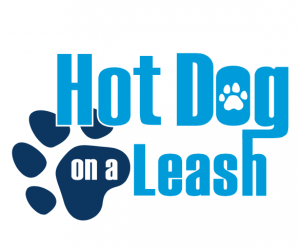Eating Disorders in Dogs
A lot of people do not realize that eating disorders can impact dogs just as they do in humans. Animals have different reasons for having these unusual eating habits and can create many concerns down the road. This article will talk about some of the common eating disorders that can affect dogs.
Overeating – Dogs who eat too much face the risk of obesity and the complications that come with being overweight. These include issues such as heart disease, joint stress, kidney problems, and liver disease. As a dog owner, you must do your best to regulate how much food your dog is allowed to eat. Speak with your veterinarian if you are unsure of how much food to give your dog.
Undereating (Anorexia) – Dogs may skip meals here and there, but what you need to watch for is if they refuse to eat all together. Unfortunately, this behavior can cause your dog to suffer serious consequences like pain, jaundice, weak lungs, or changes in organ sizes.
Eating Feces – This is also known as coprophagia. Eating feces can be dangerous as it causes parvo, worms, and a host of bacteria and other parasites. Be sure to clean up after your dog quickly and avoid the waste of other dogs and animals on your daily walks.
Scoffing – This is when a dog eats too quickly, often without much chewing at all. This behavior can lead to choking or stomach issues such as bloat, vomiting, or gastric torsion. The good thing is that there are several dog bowls that are meant to slow dogs down while they eat.
Pica – This is the consumption of objects that aren’t meant to be food sources. This can literally be anything from rocks to tree limbs to metal objects. The physical causes of pica can be serious and include brain lesions or pancreatic issues.
All the eating disorders that we mentioned should be taken seriously. There are many ways in which you can tackle each of them. Speak with your veterinarian for further assistance.



